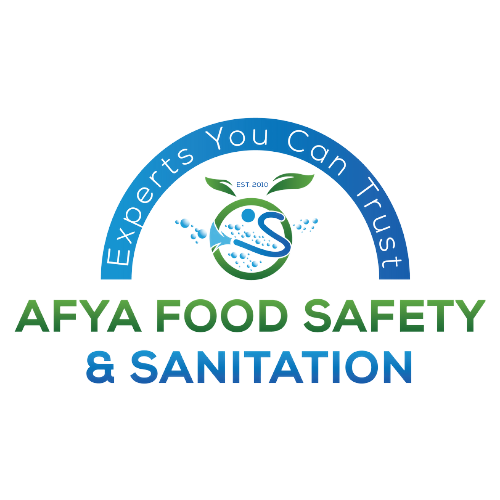
Please Wait For Loading

Please Wait For Loading
Maryland, MD USA
+1 (443) 666-9132
info@afyafoodsafety.com
Opening Hours: 9:00 AM - 5:00 PM
Copyright ©Afya Food Safety all rights reserved.
You can also reach us via Phone: +1 443 666 9132 or via Email:info@afyafoodsafety.com
How to Identify 5 Critical Control Points (CCPs) for Food Safety
In the realm of food manufacturing, maintaining impeccable environmental hygiene for food safety is non-negotiable. One pivotal aspect of achieving this is the identification of Critical Control Points (CCPs) within the facility. CCPs are specific stages where potential hazards can emerge, paving the way for contamination. This post delves into the significance of identifying CCPs as part of assessing environmental hygiene in food manufacturing facilities. Let’s explore the role CCPs play, the areas they encompass, and how their thorough evaluation aids in pinpointing zones that demand meticulous attention and stringent control measures.
What are Critical Control Points (CCPs)?
Food safety and quality depend on the Critical Control Points (CCPs) that are pivotal stages within the food manufacturing process and have the potential to introduce contamination hazards. These points are often characterized by specific conditions, processes, or interactions that must be precisely managed.
Role of CCPs in Environmental Hygiene Assessment
The identification of CCPs is the foundational step in comprehensively assessing environmental hygiene in food manufacturing facilities. Cleaning and disinfection programs contribute to providing the environmental conditions necessary for the production of safe and healthy food. By pinpointing these critical points, manufacturers gain an in-depth understanding of where potential risks lie, allowing them to implement focused and effective control measures. This process is pivotal for upholding food safety, minimizing the likelihood of contamination, and ensuring compliance with stringent industry regulations. Areas where CCPs can span a wide spectrum within a food manufacturing facility include:
Thorough evaluation and control measures
A rigorous assessment of CCPs involves a comprehensive evaluation of each point’s vulnerability to contamination. This assessment may include factors like temperature, humidity, equipment condition, personnel practices, and more. Once identified, appropriate control measures are devised and implemented. These measures can encompass stringent cleaning and sanitation procedures, temperature monitoring, quality checks, and employee training.
Conclusion
Critical Control Points (CCPs) stand as a cornerstone of assessing environmental hygiene in food manufacturing facilities. By recognizing these and identifying specific points of vulnerability, manufacturers can strategically safeguard their production processes against contamination risks. The thorough evaluation of CCPs facilitates the implementation of tailored control measures, ensuring the safety, quality, and compliance of food products. Ultimately, the meticulous attention given to CCPs bolsters consumer trust preserves brand reputation, and reinforces the commitment of food manufacturing facilities to delivering safe and wholesome products to consumers worldwide.
Related Posts
Categories
Antibiotic Resistance: A Growing Threat to Food Safety
April 17, 2025Understanding Cross-Contamination: A Major Food Safety Risk
March 31, 2025Calender